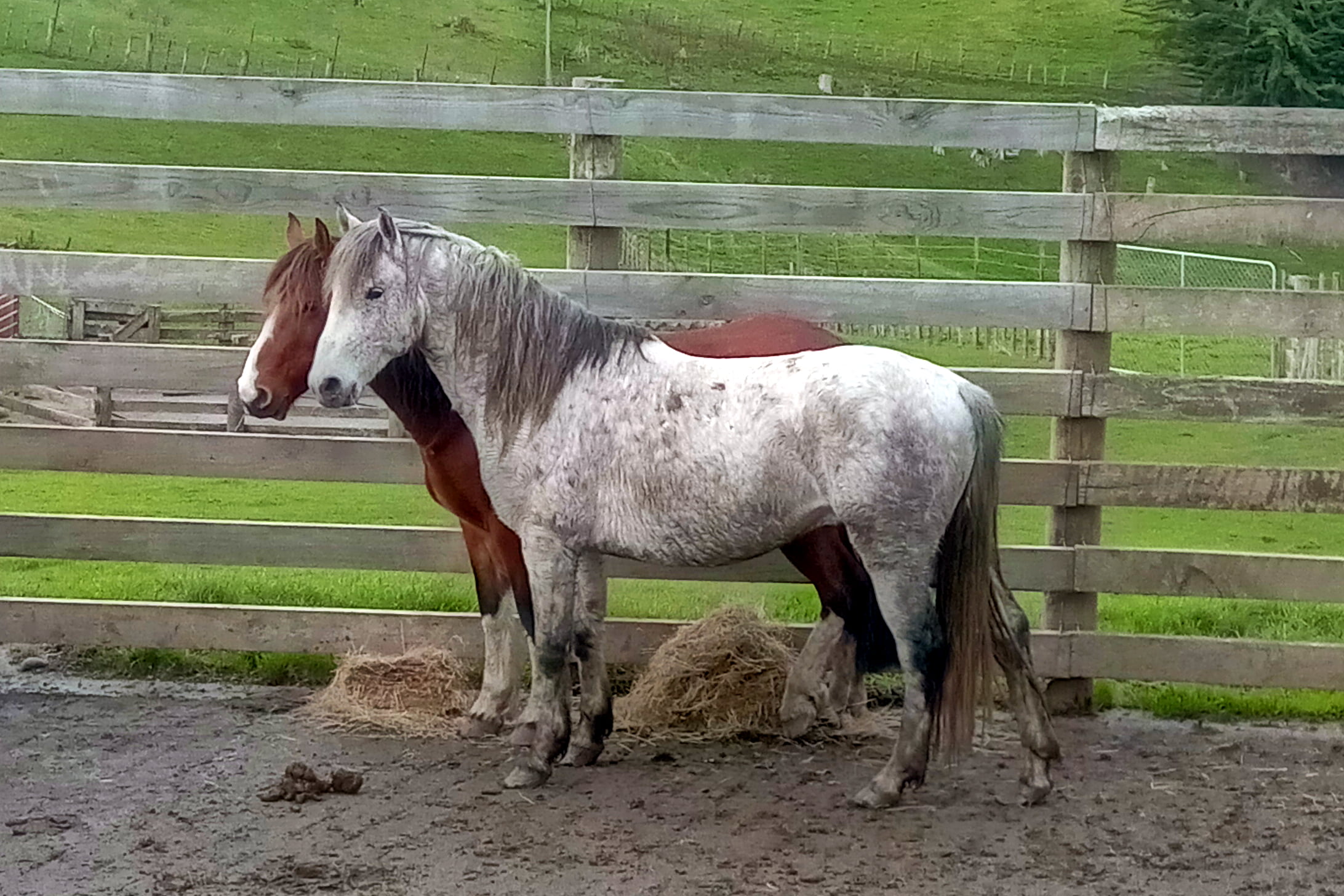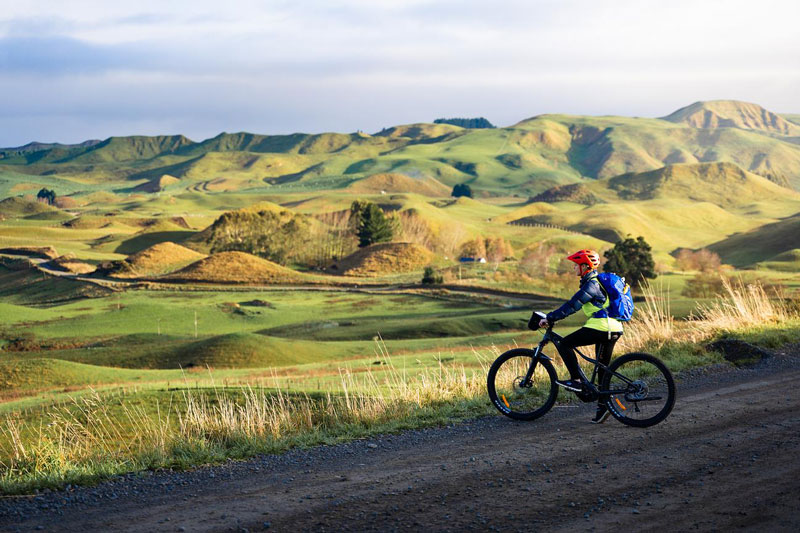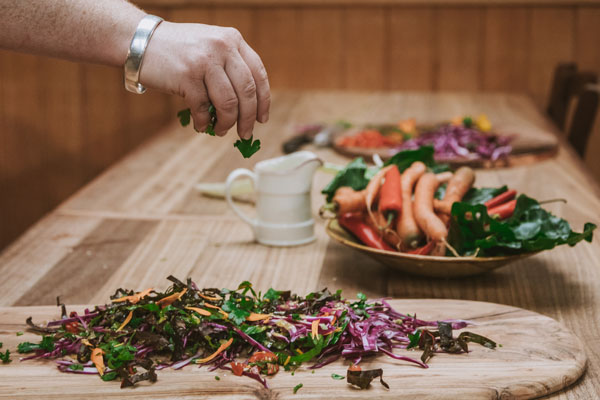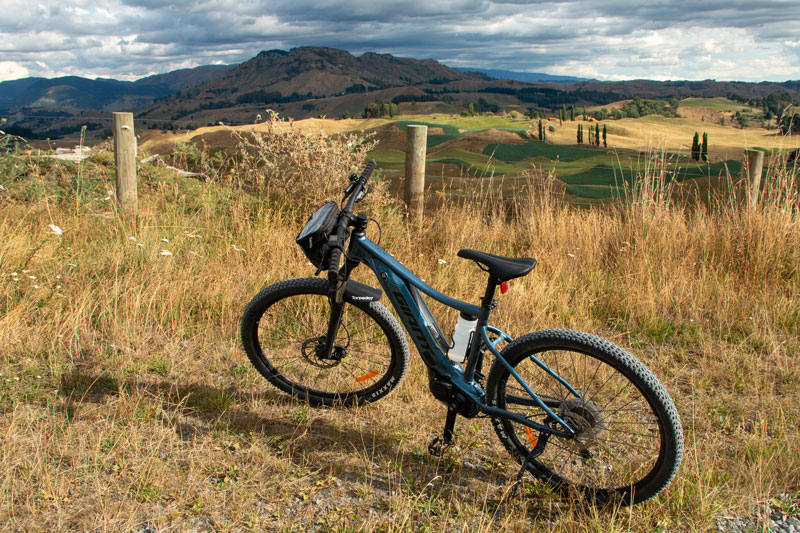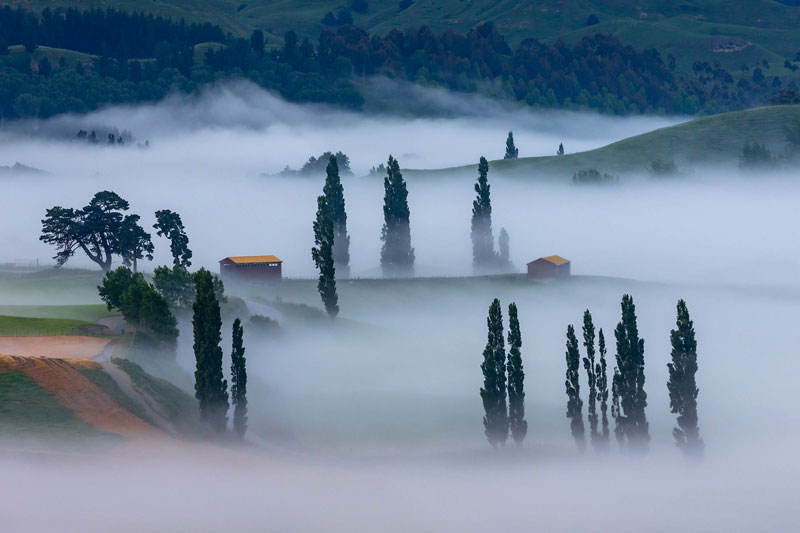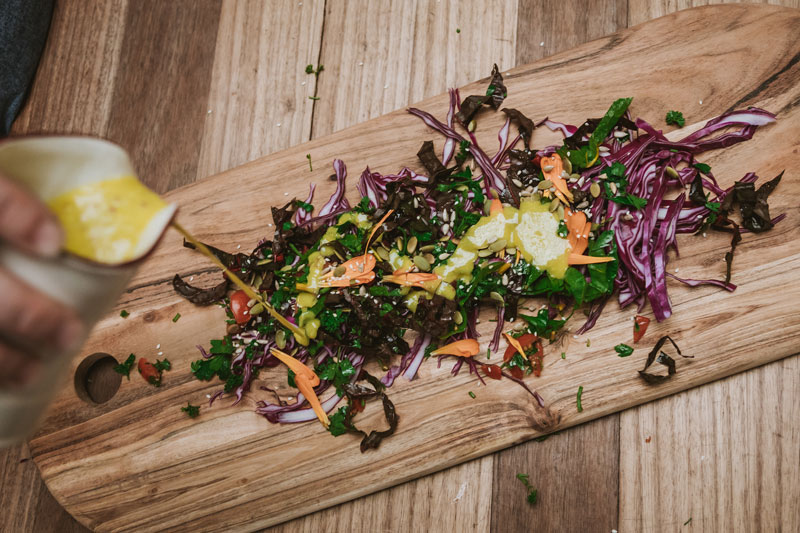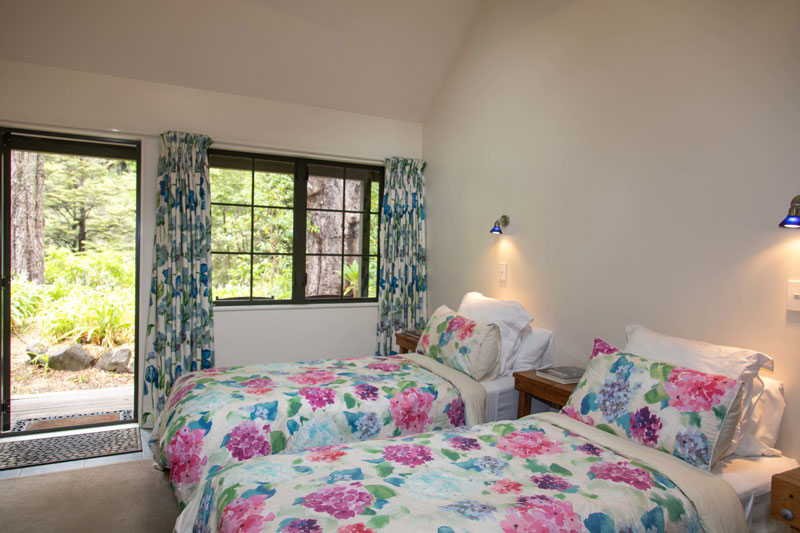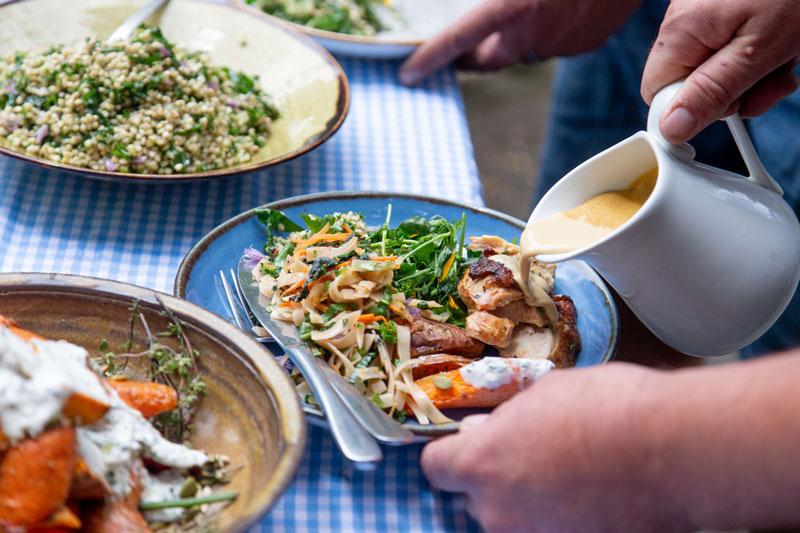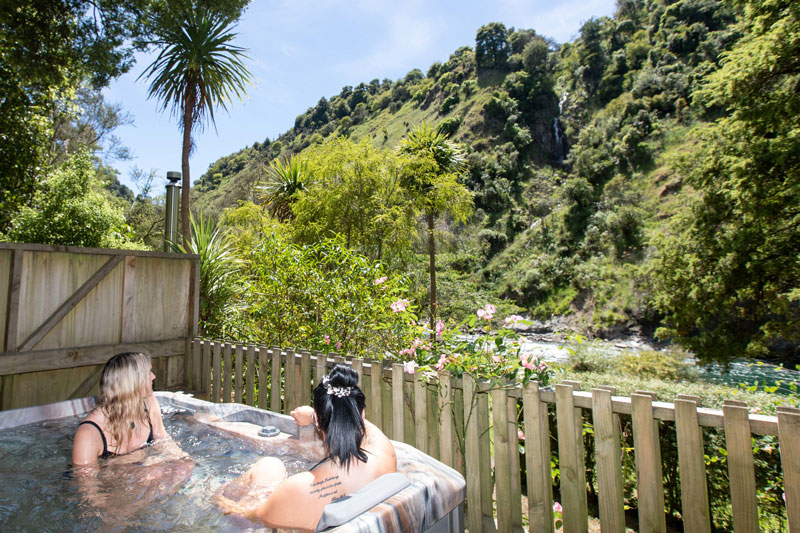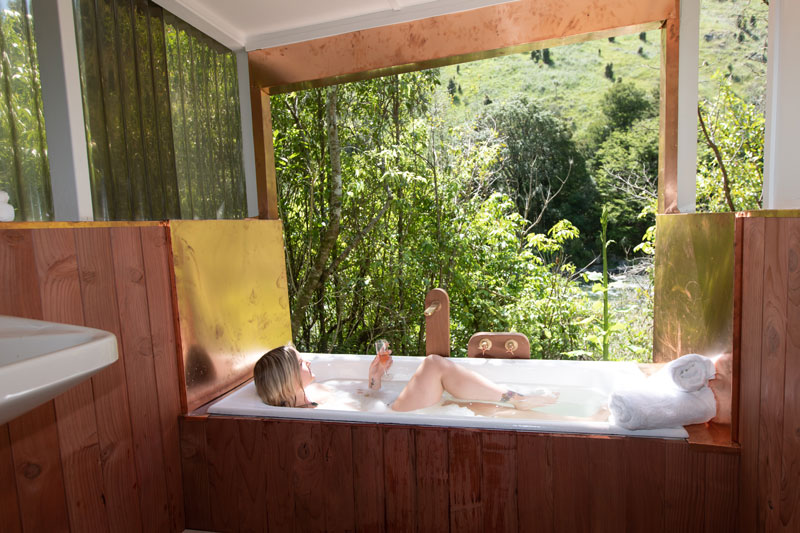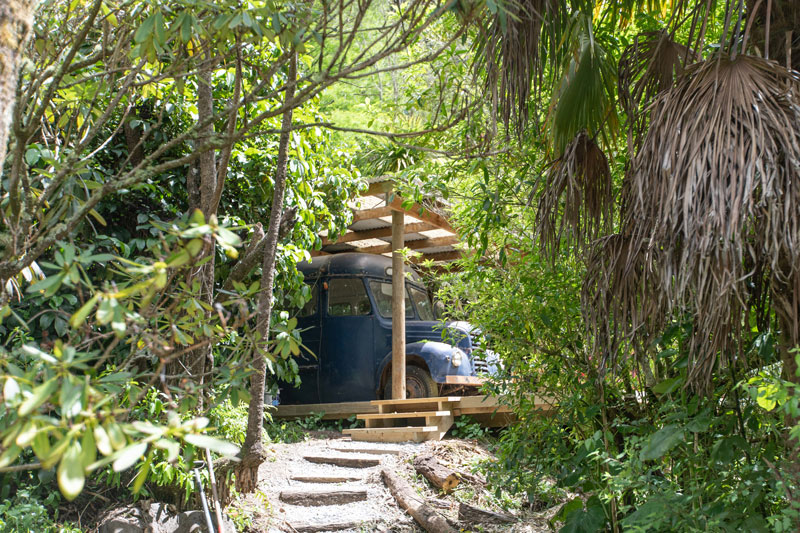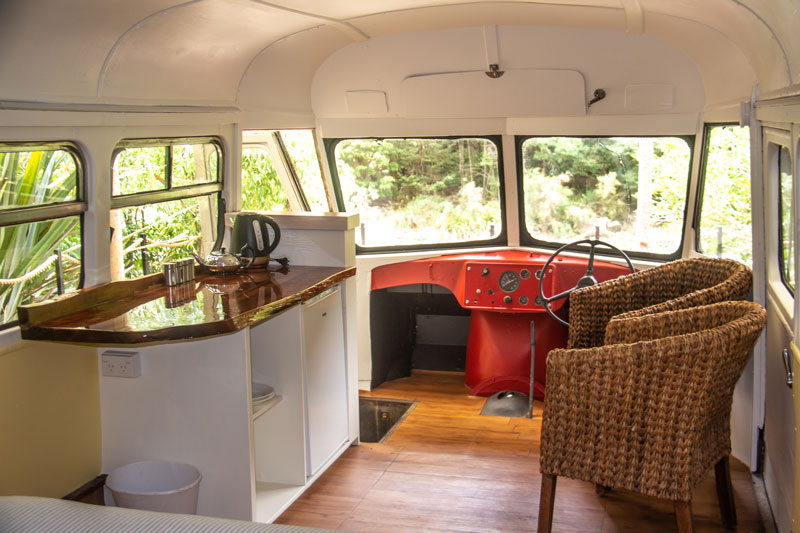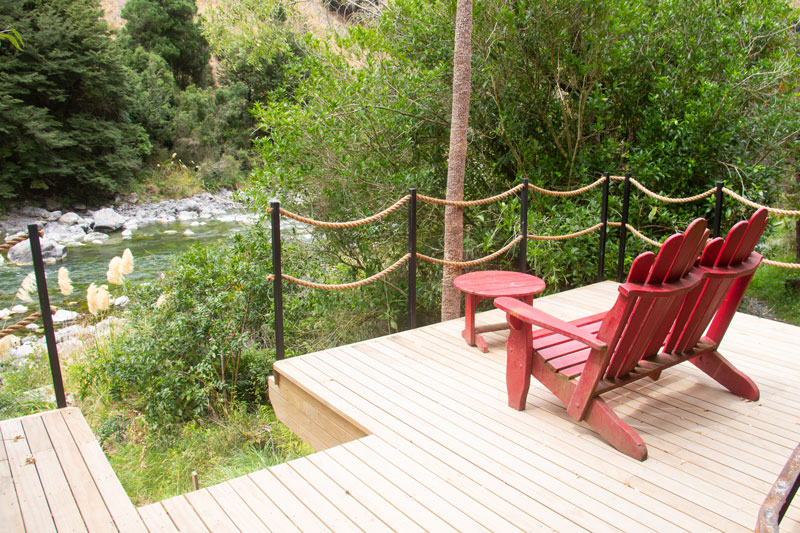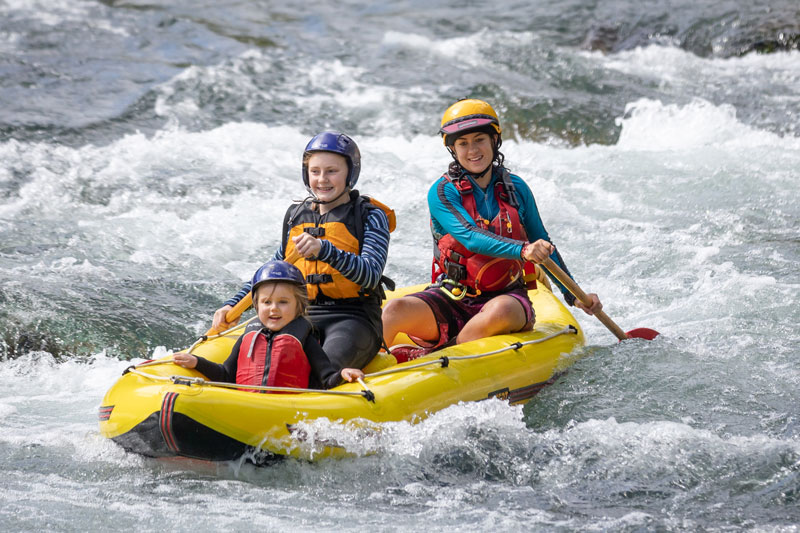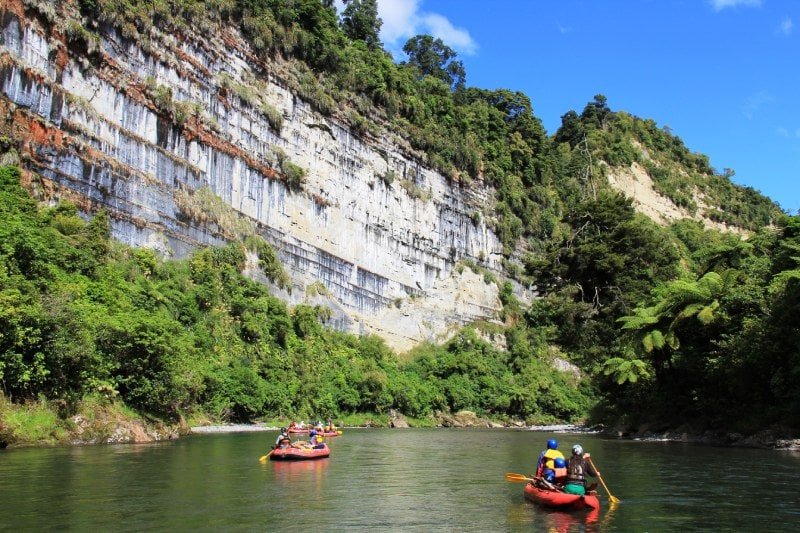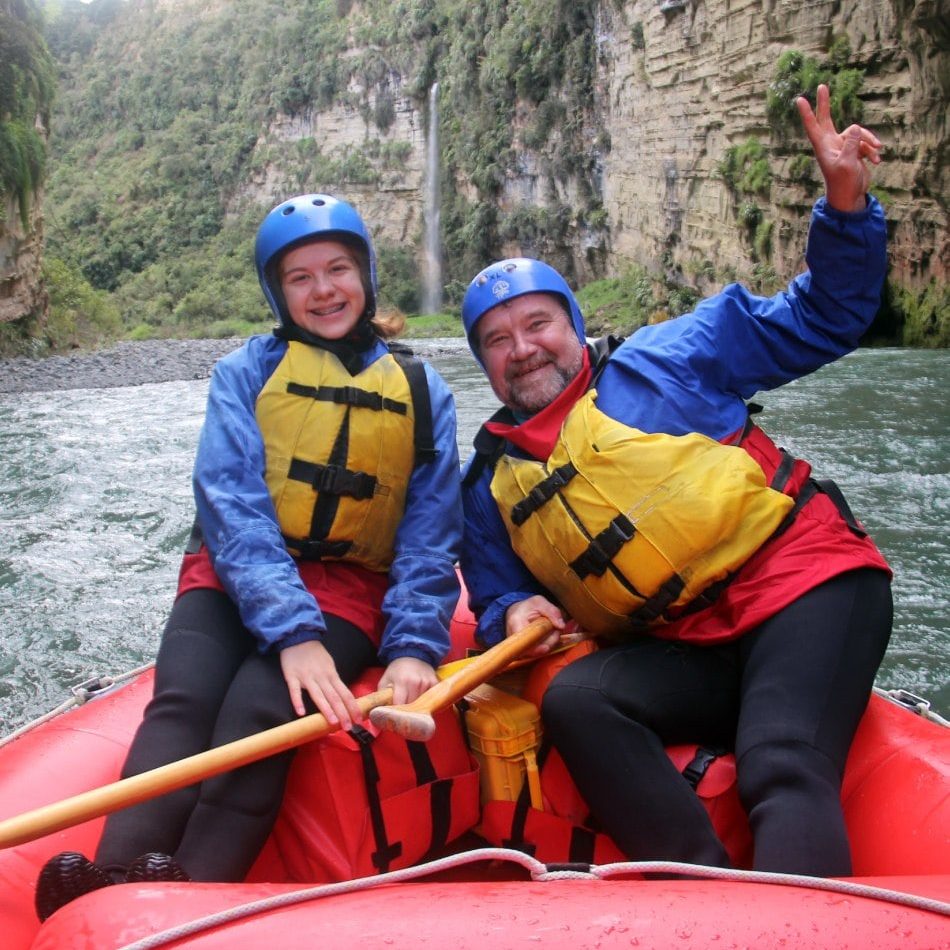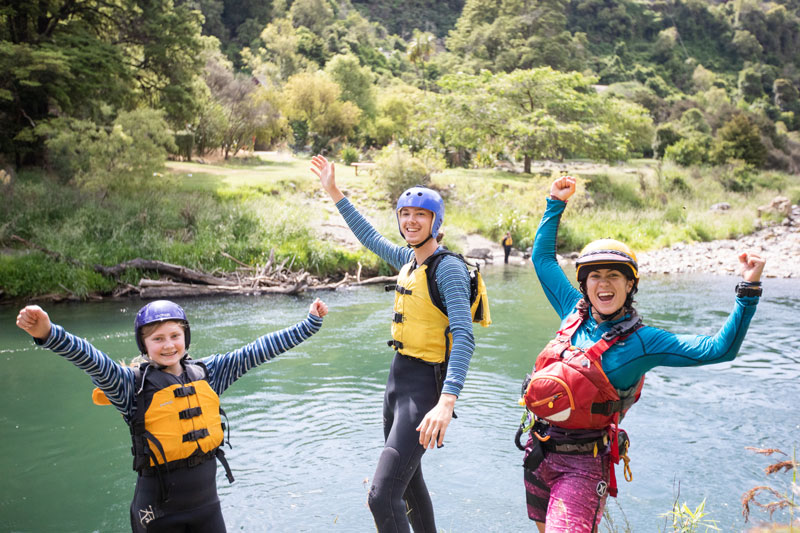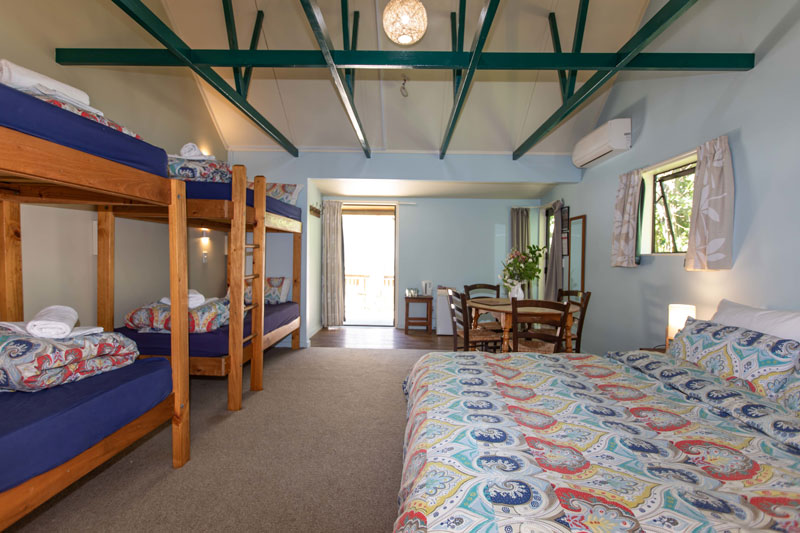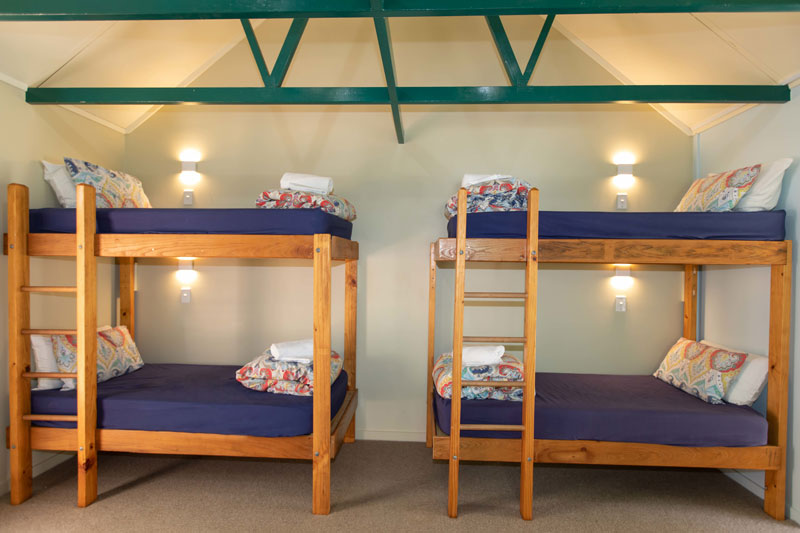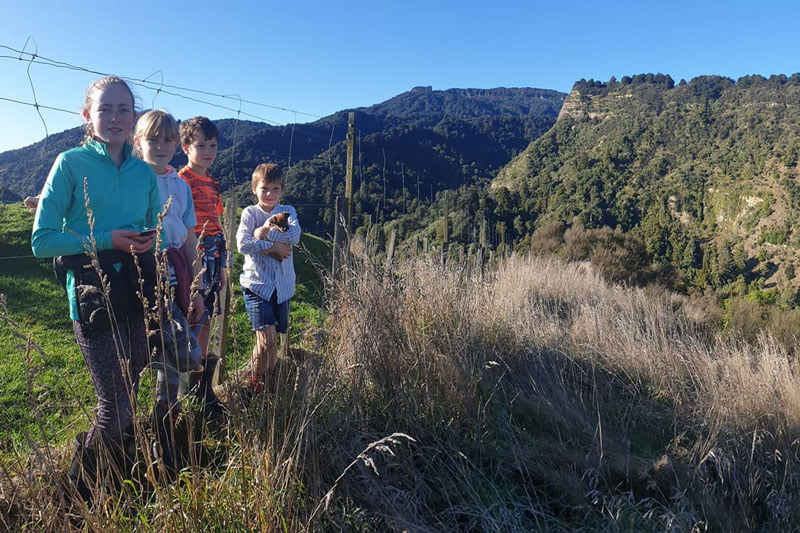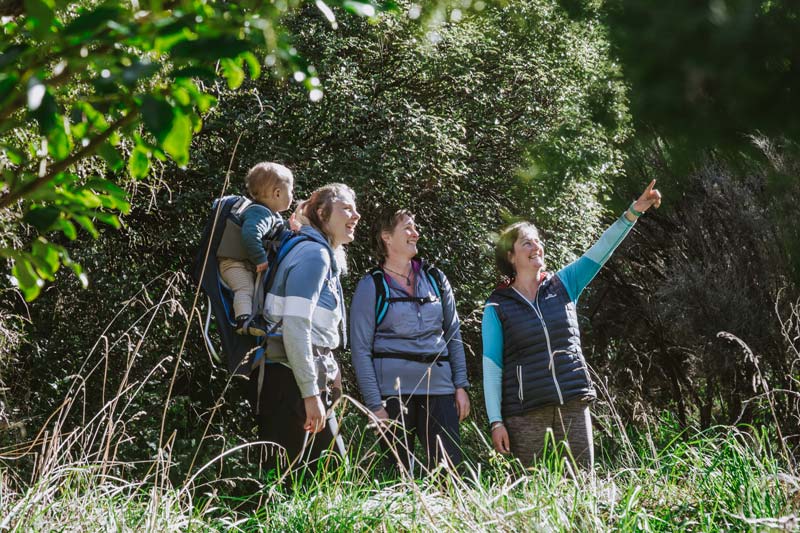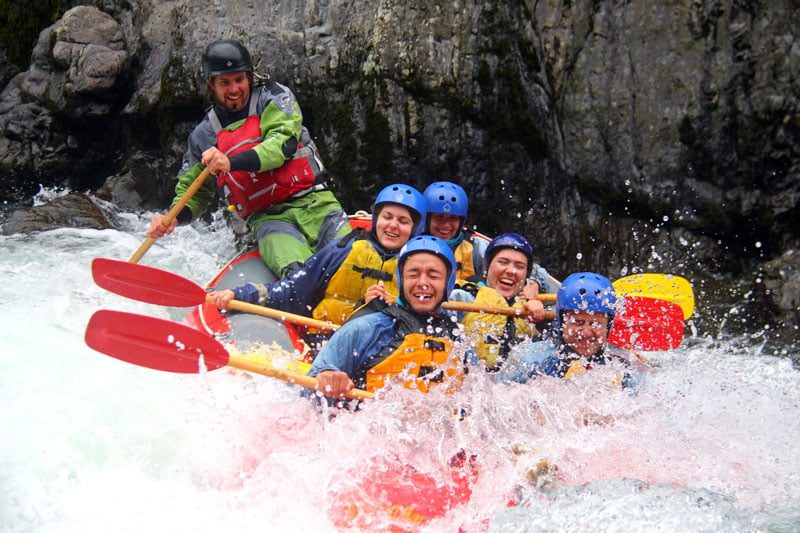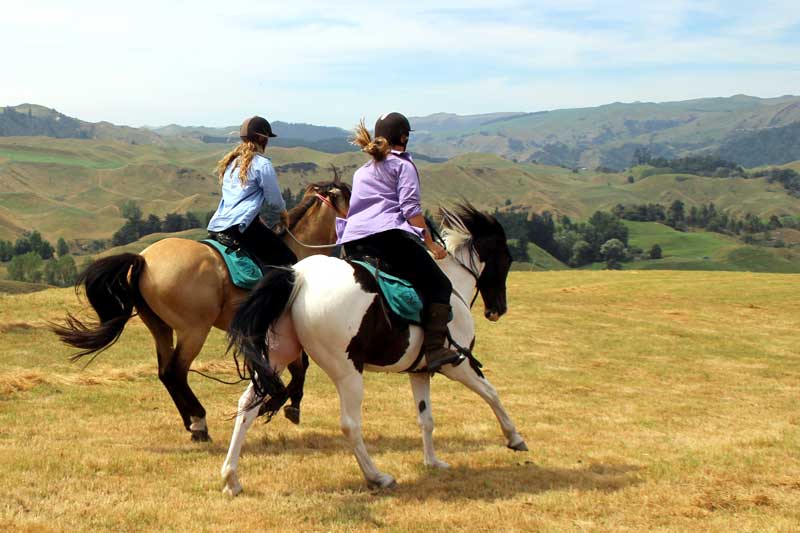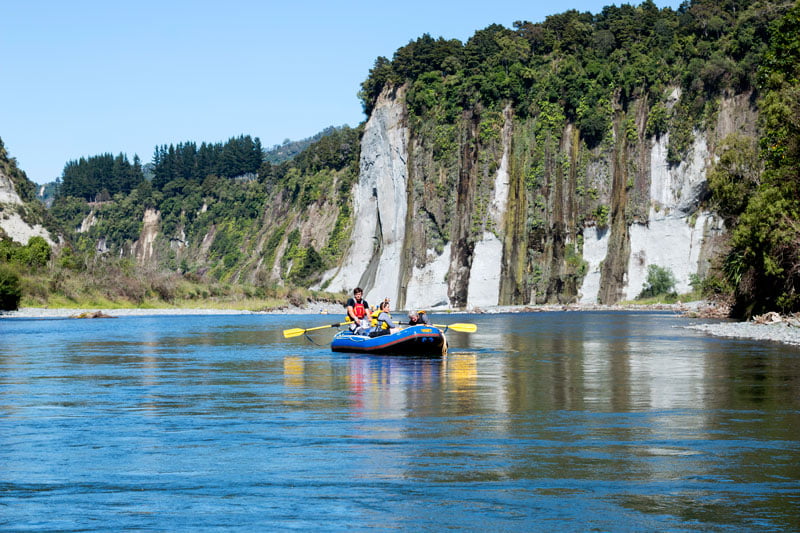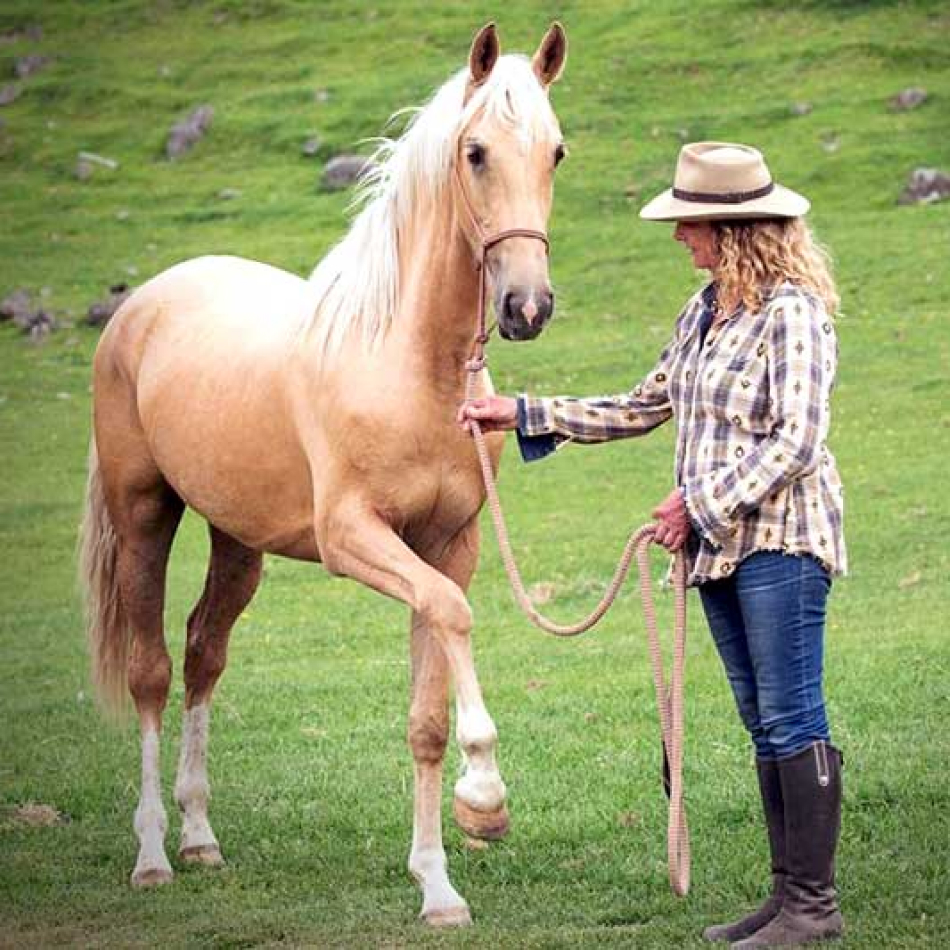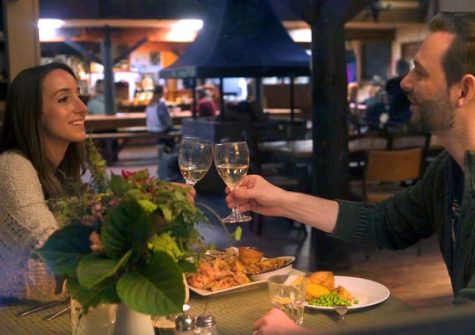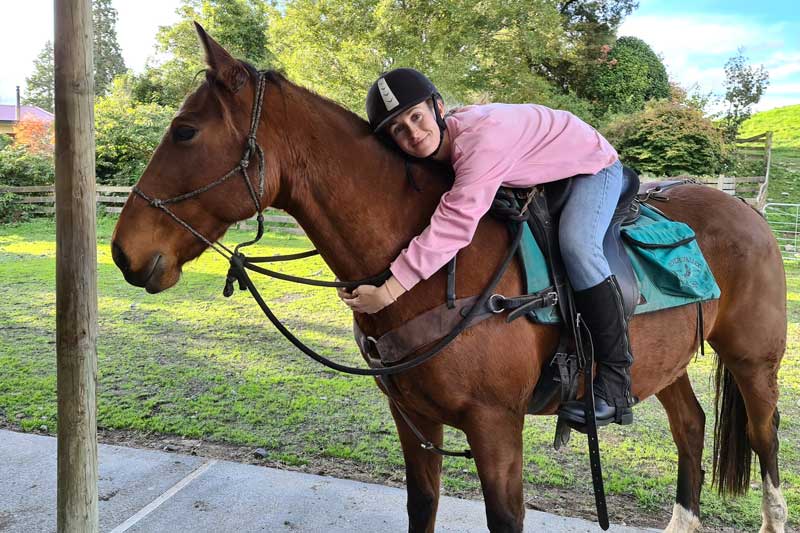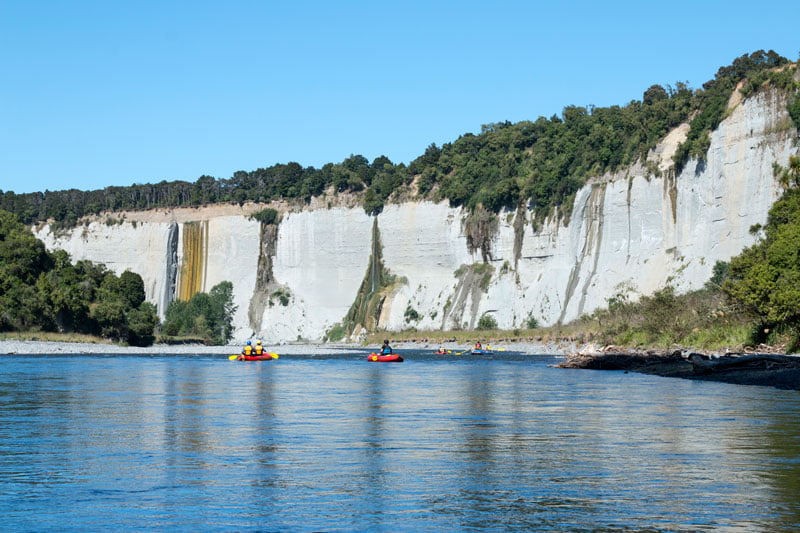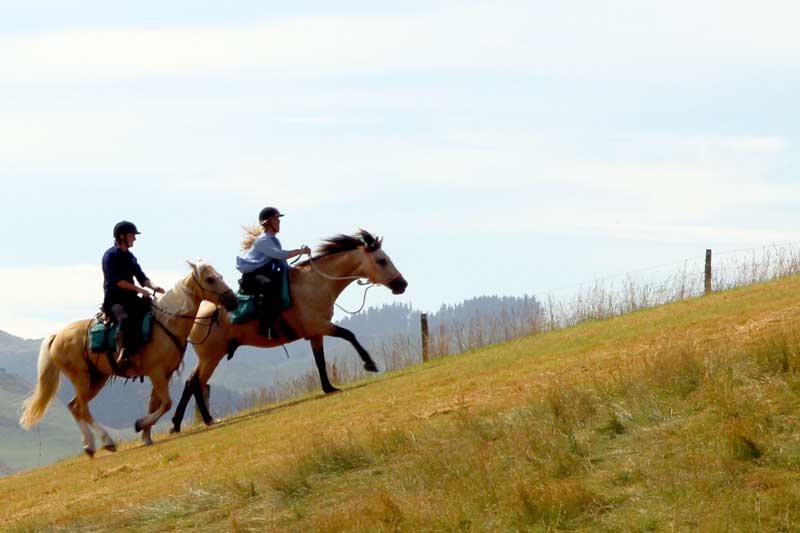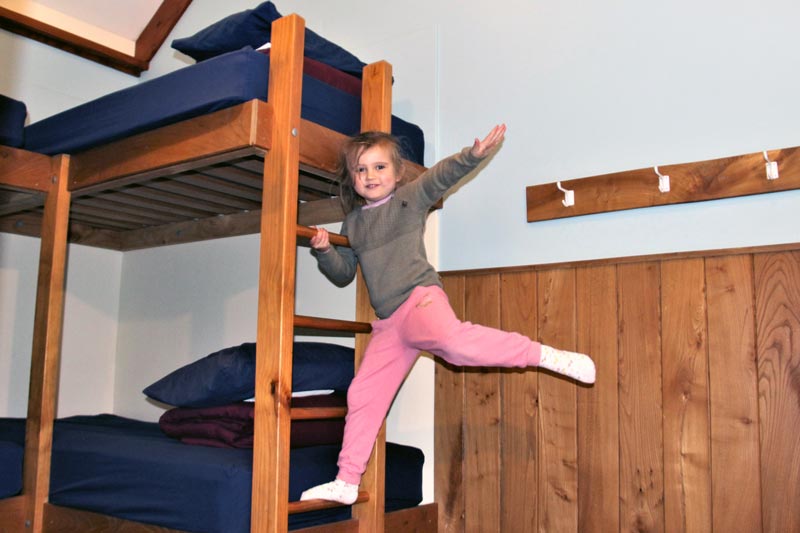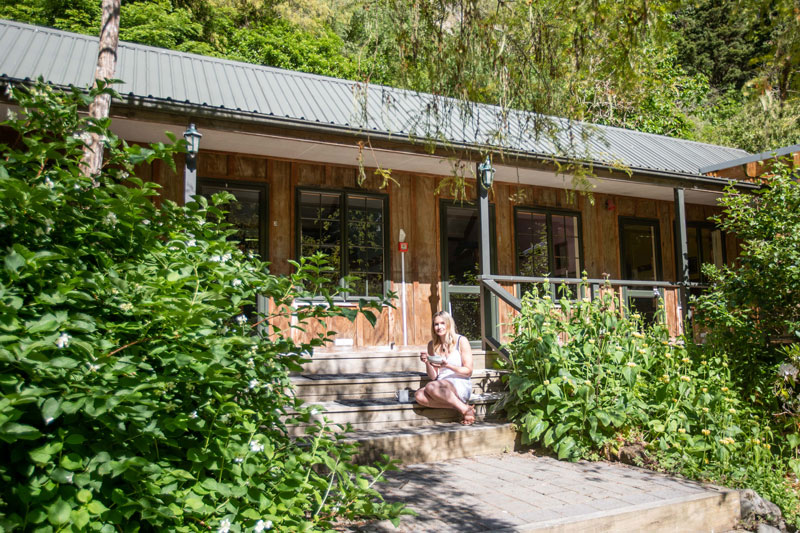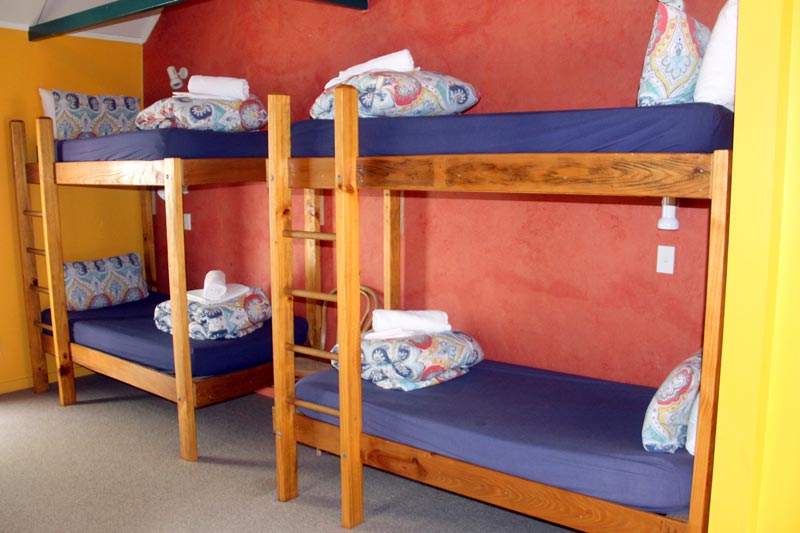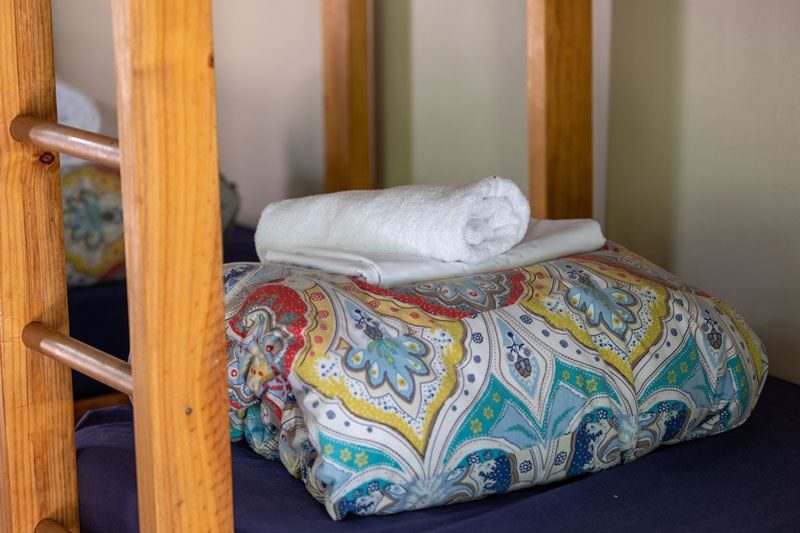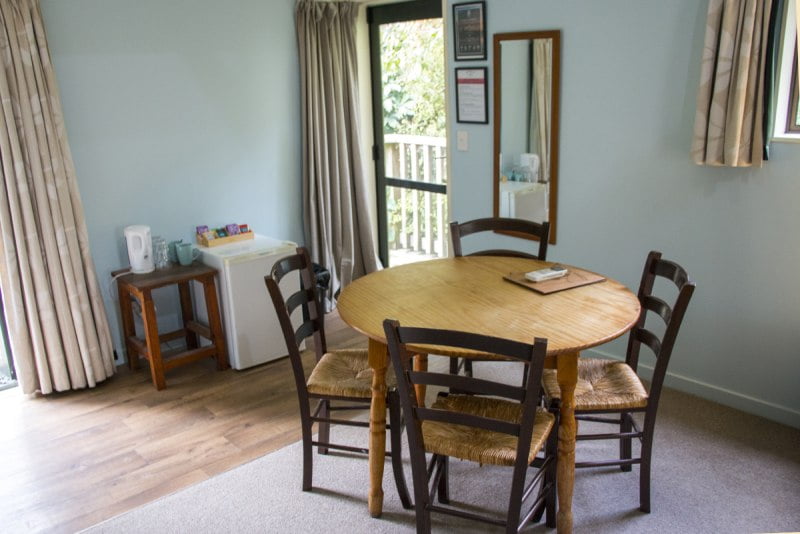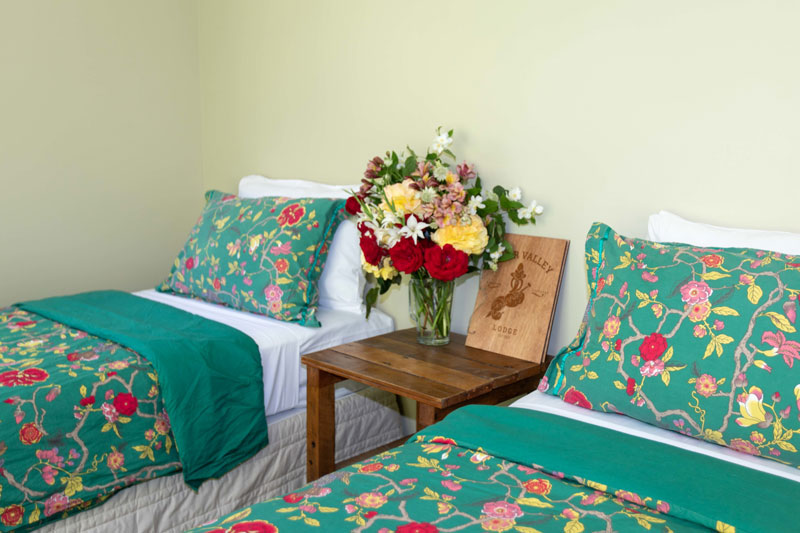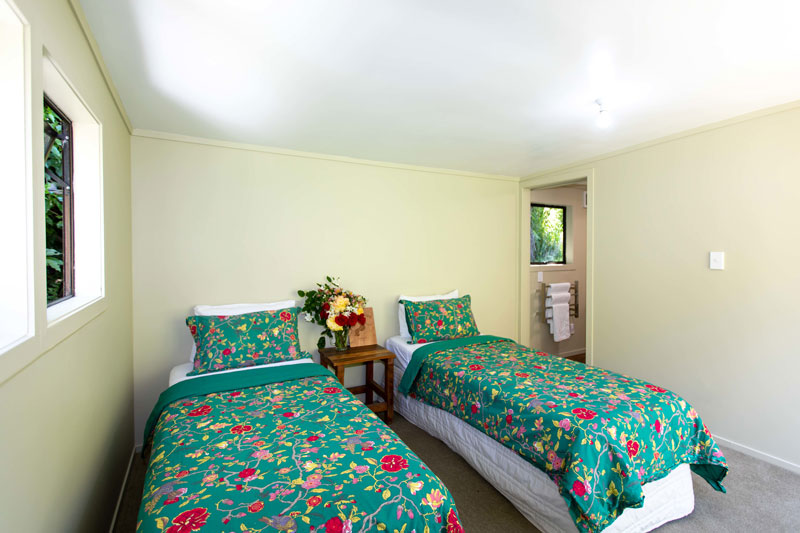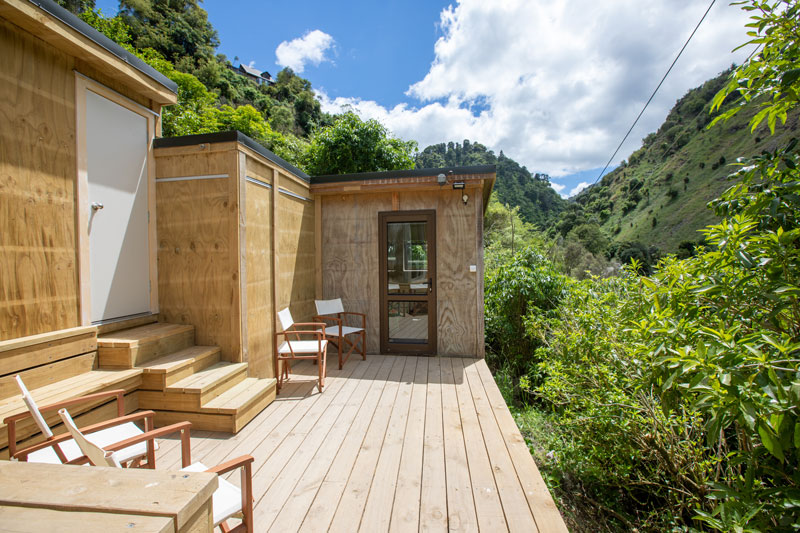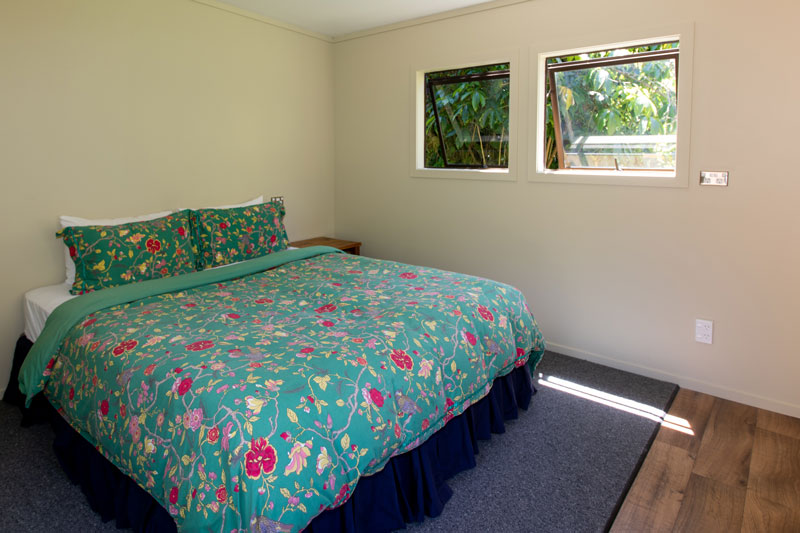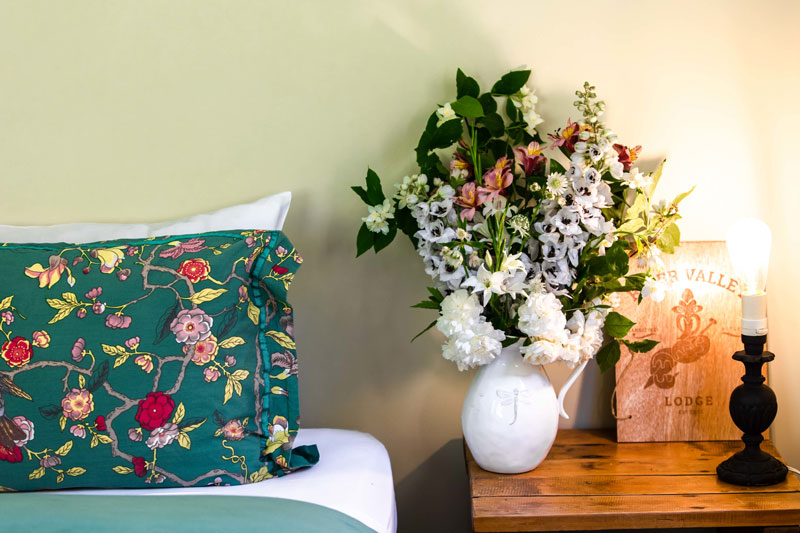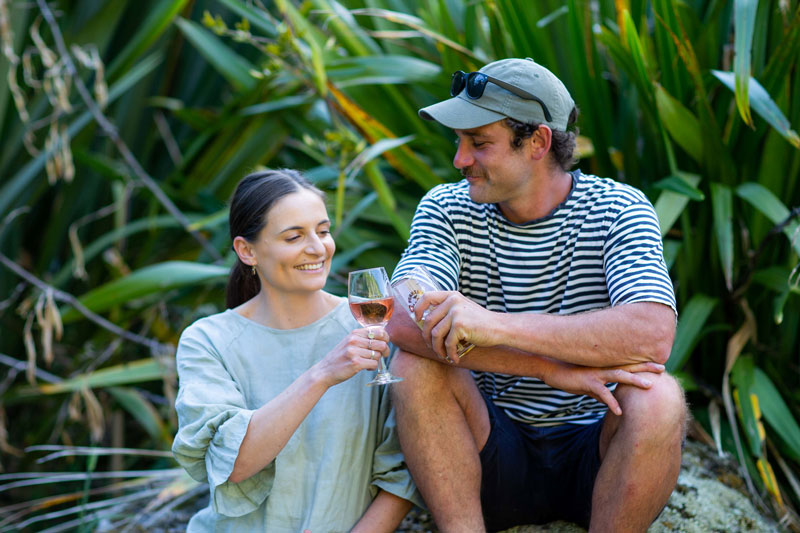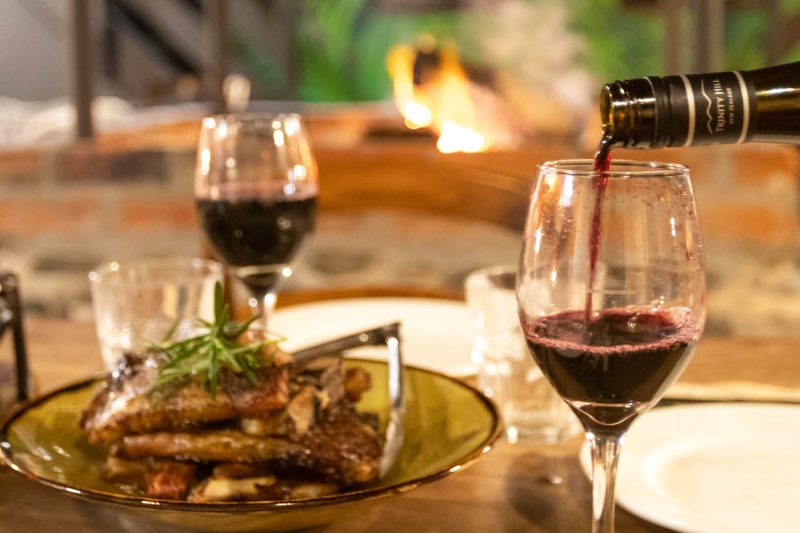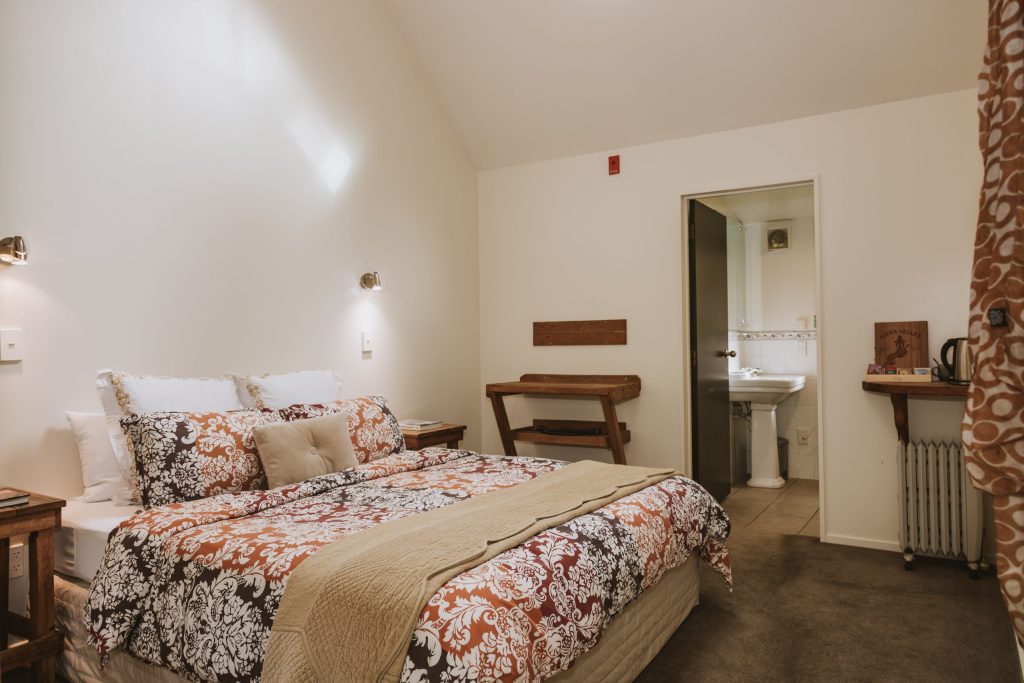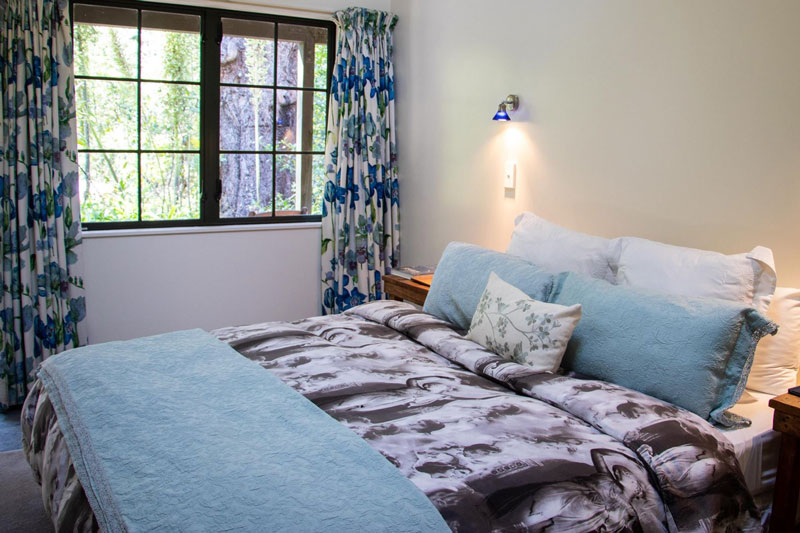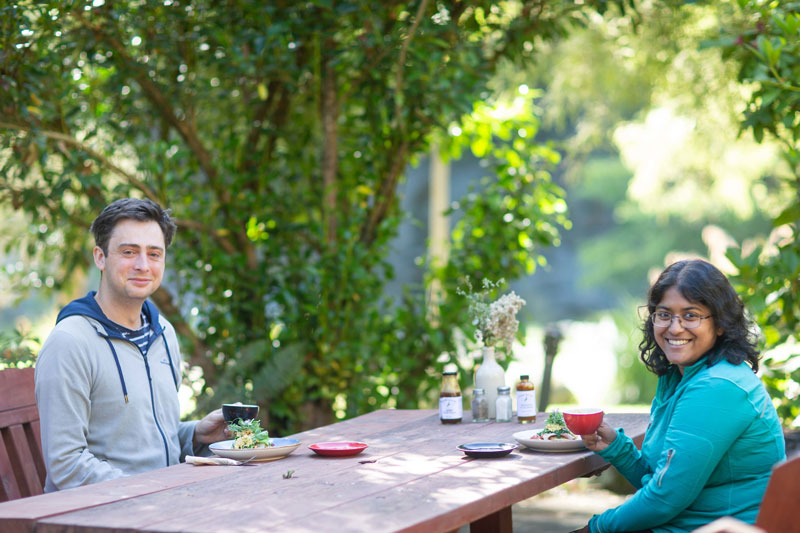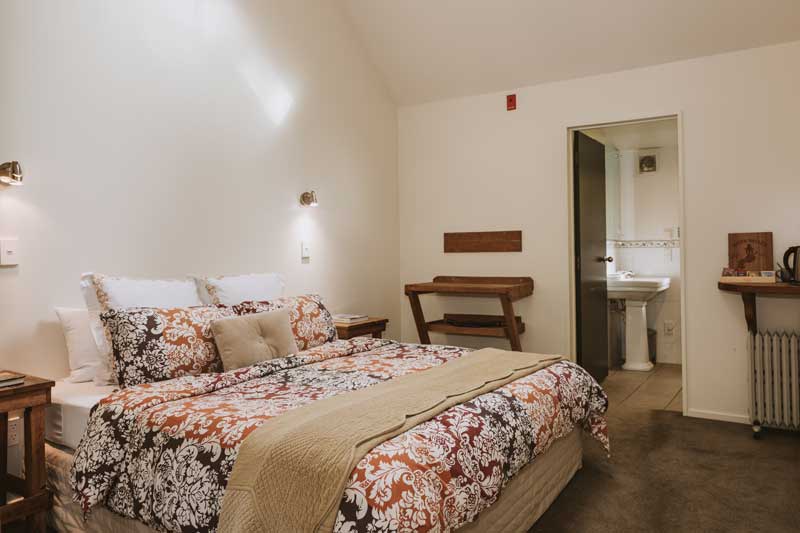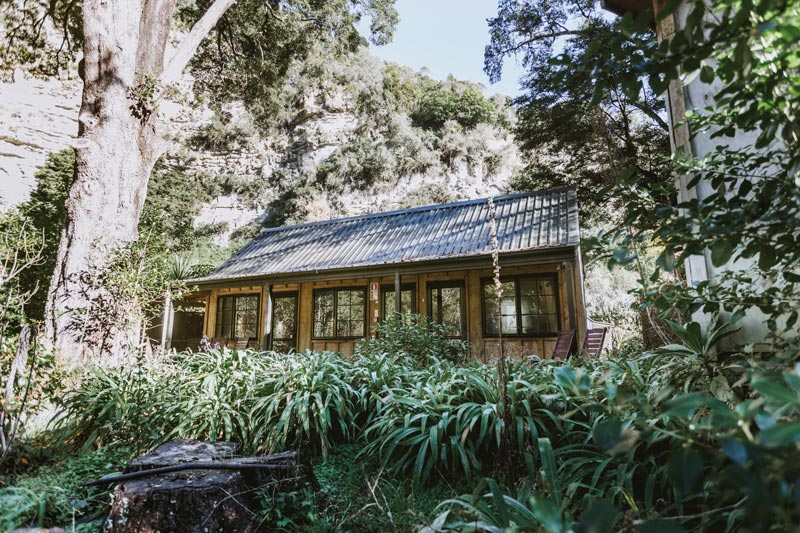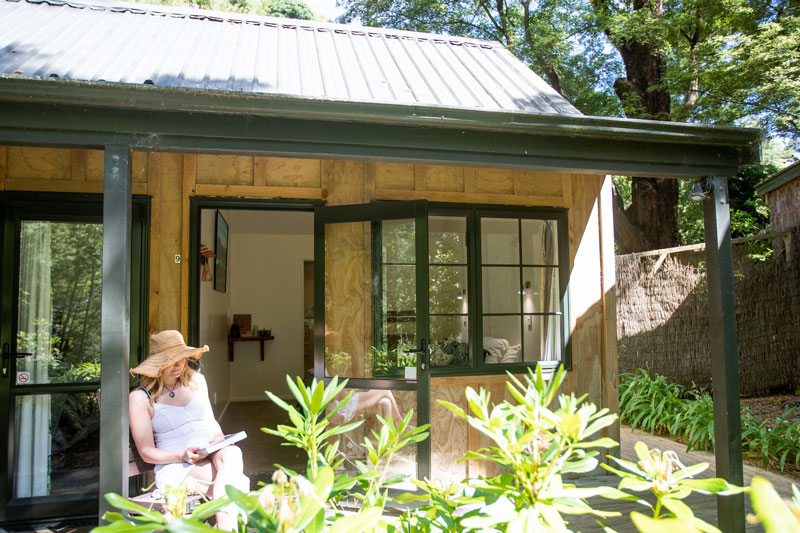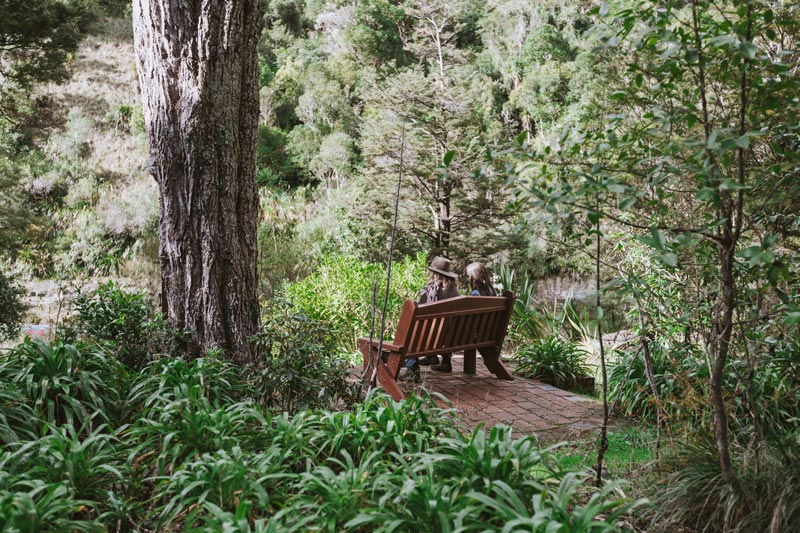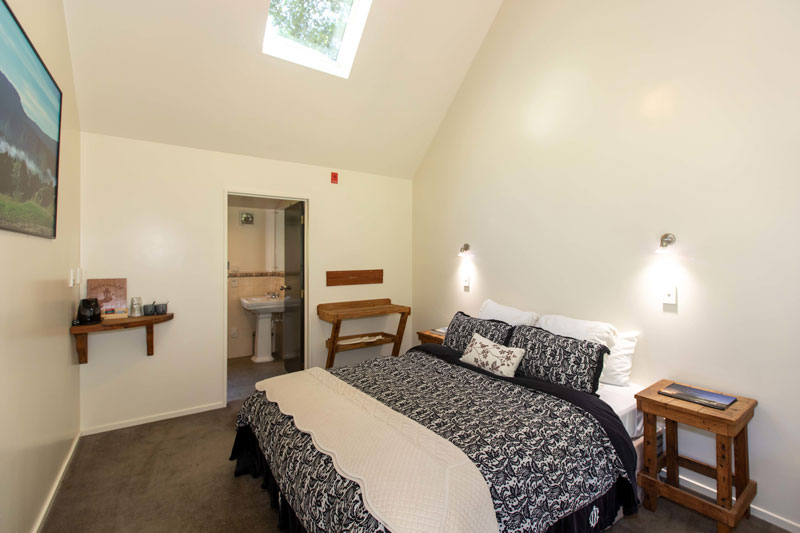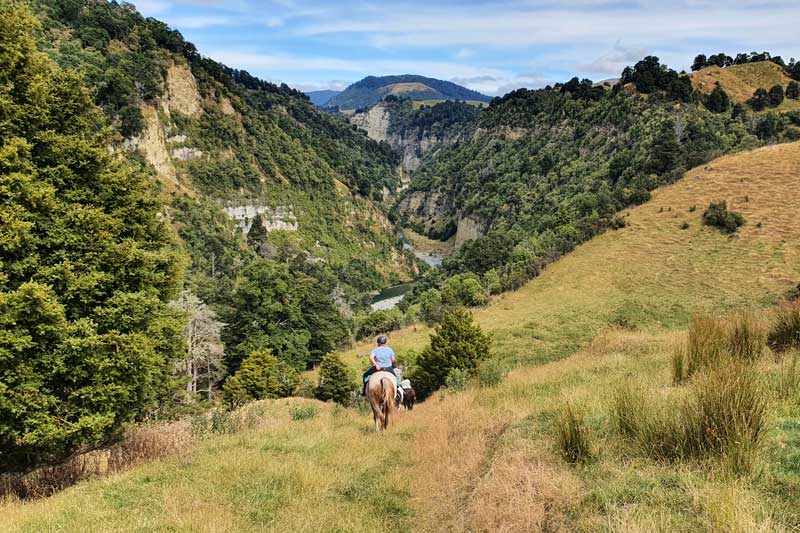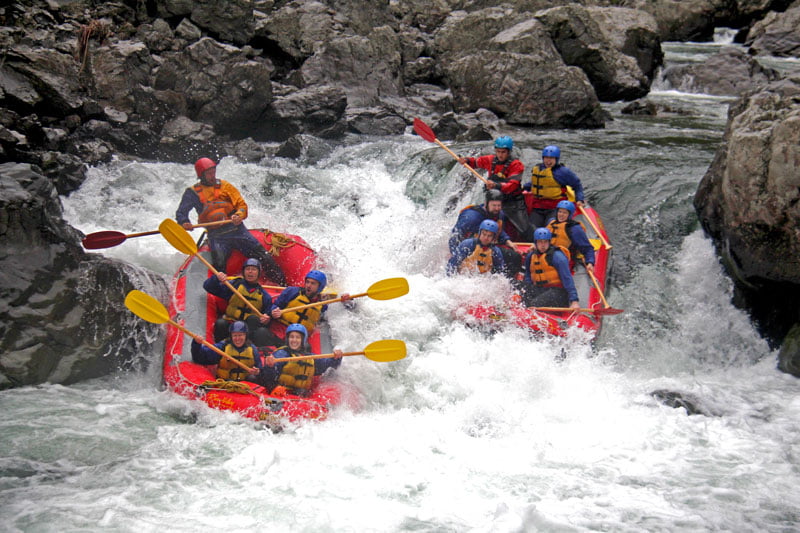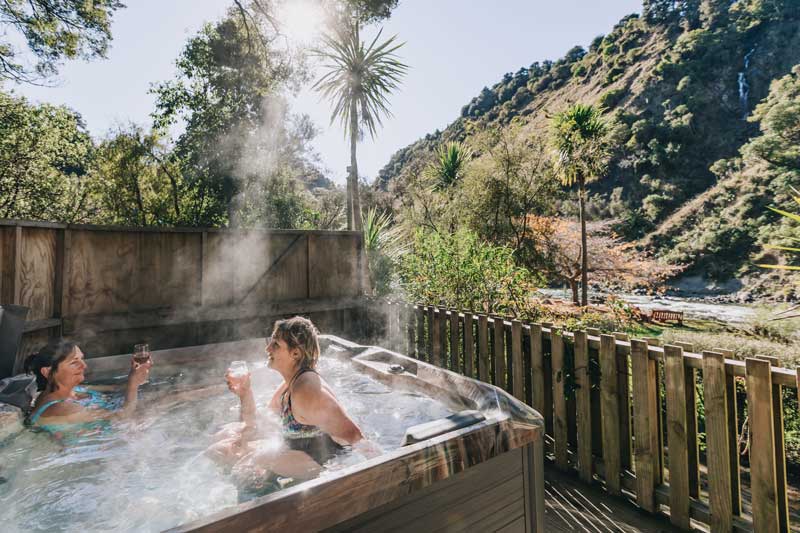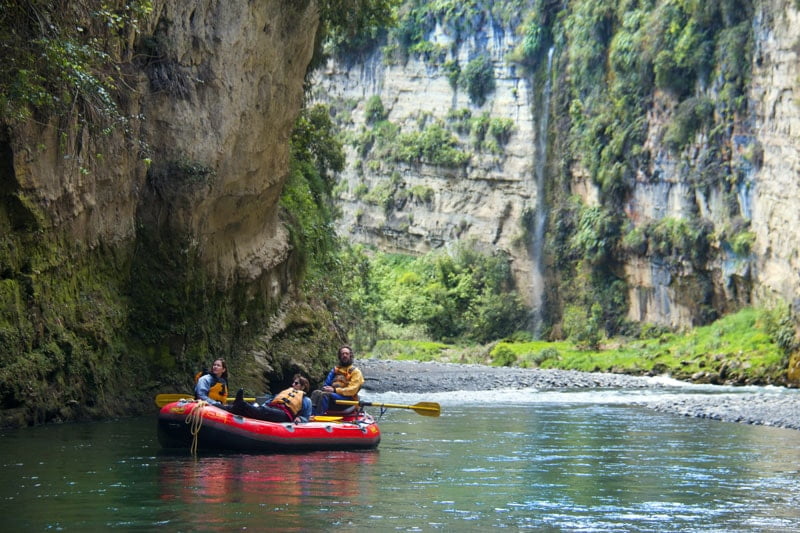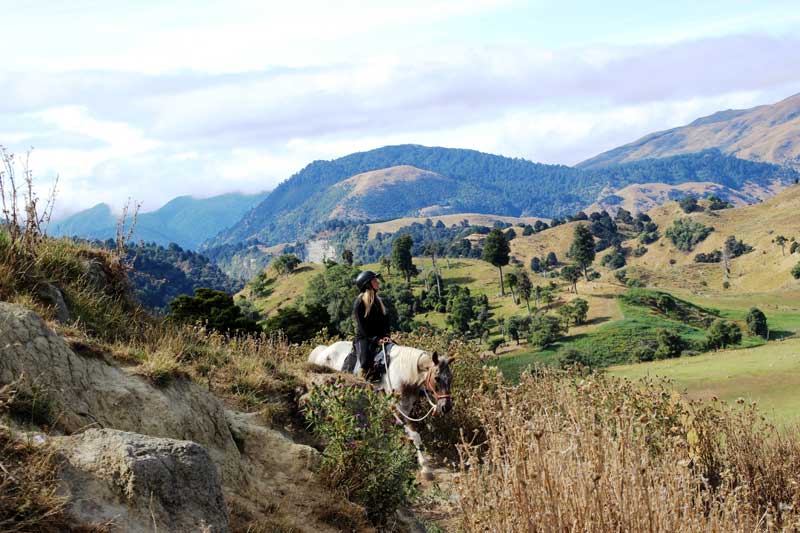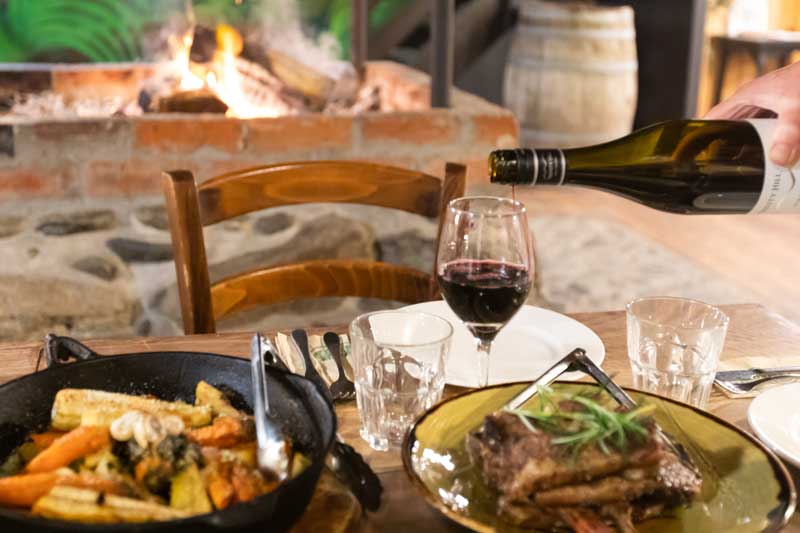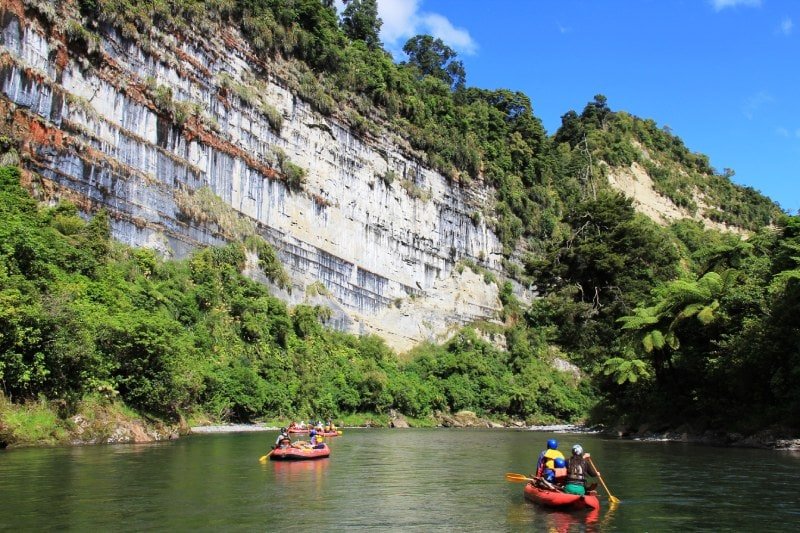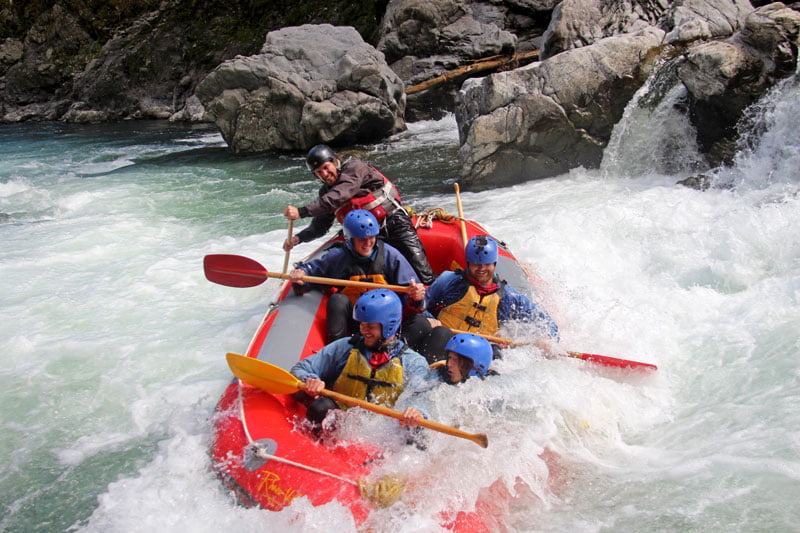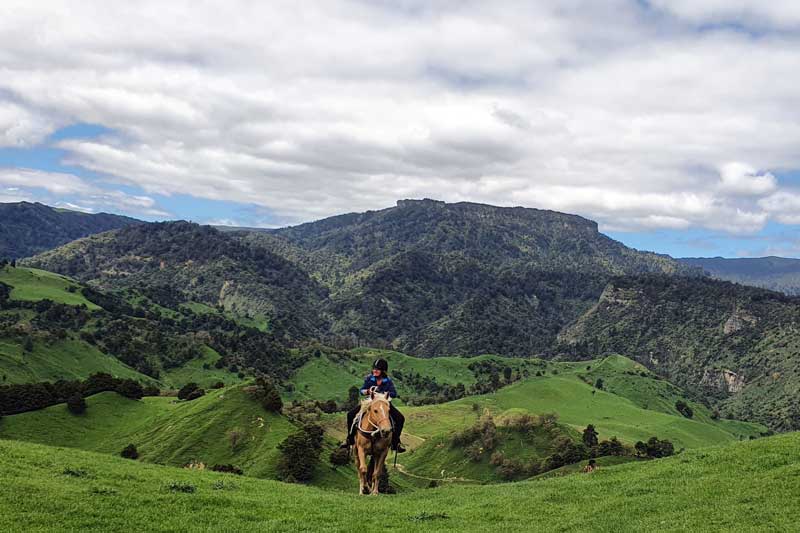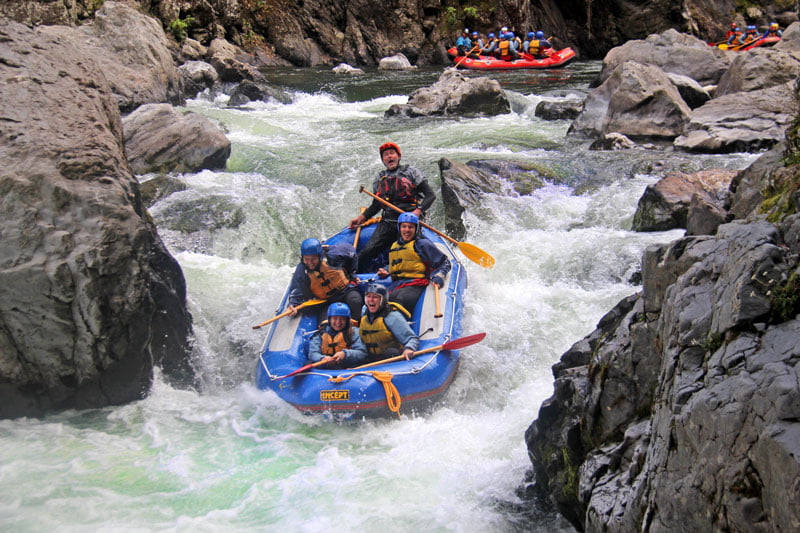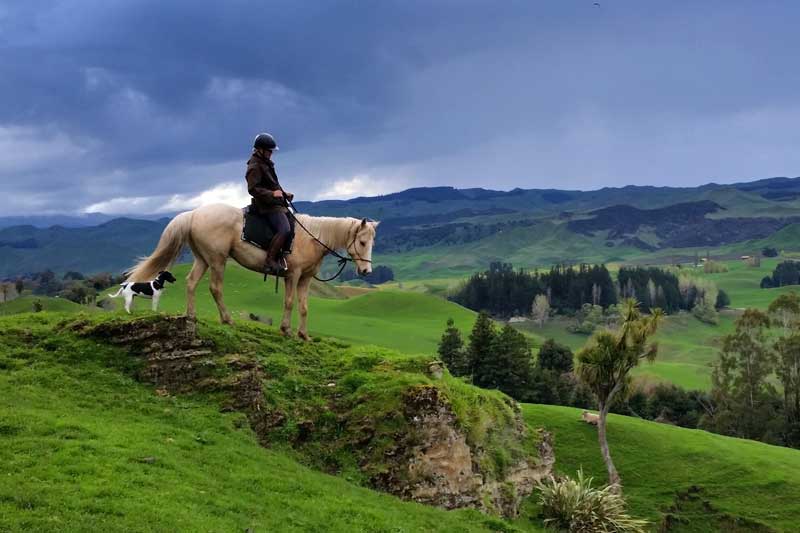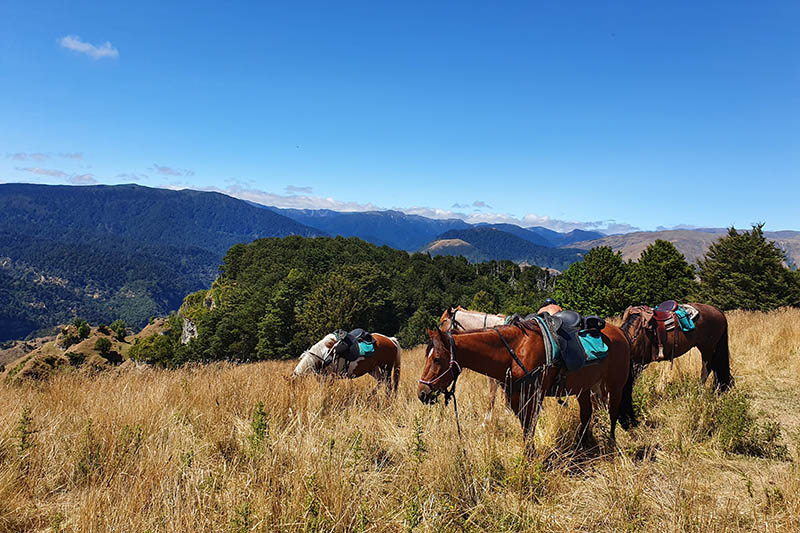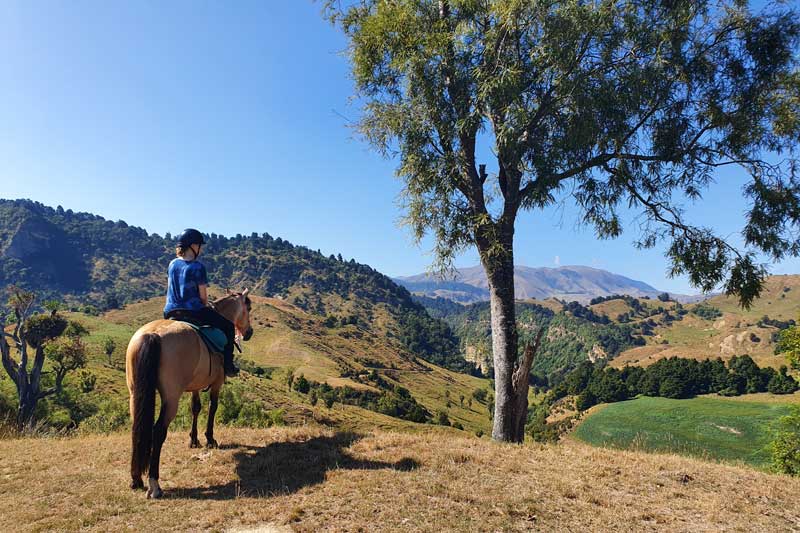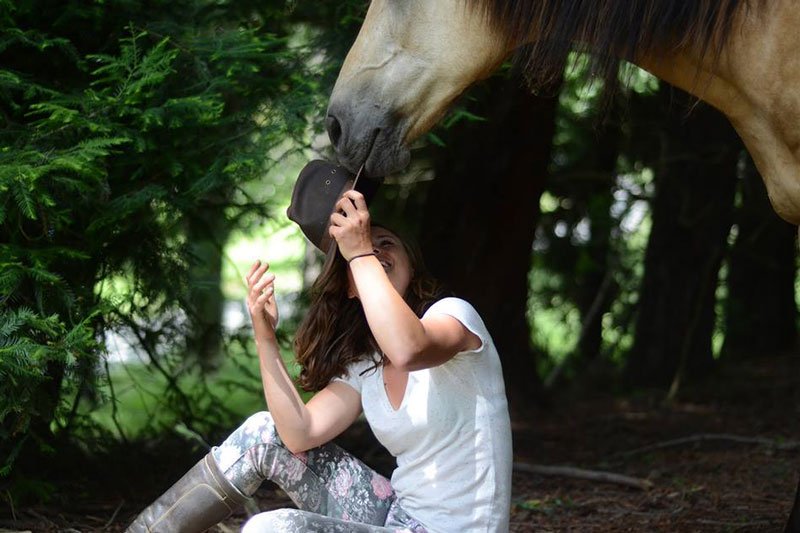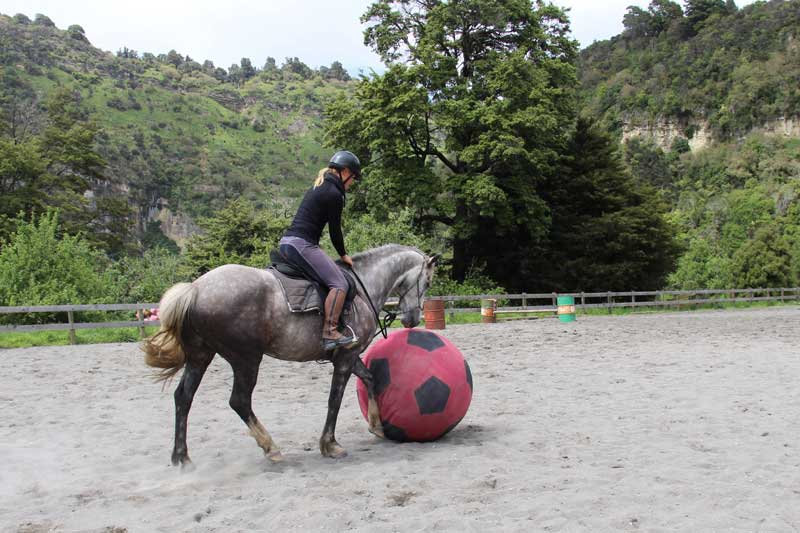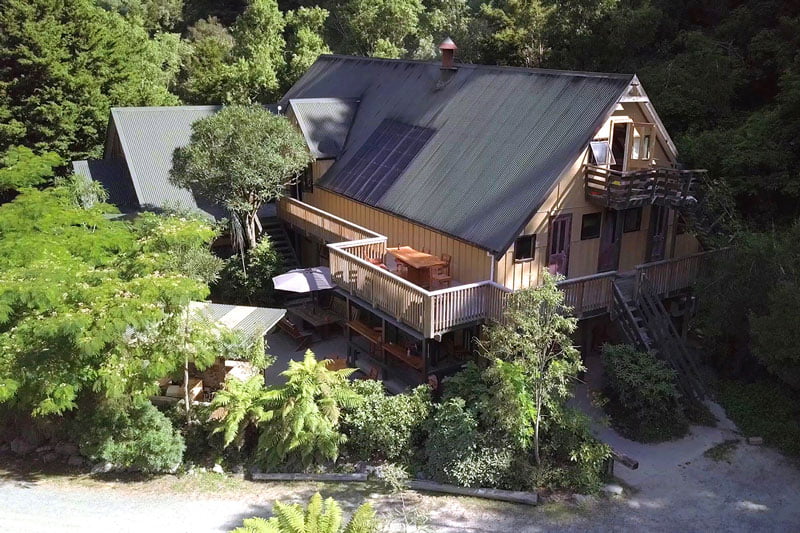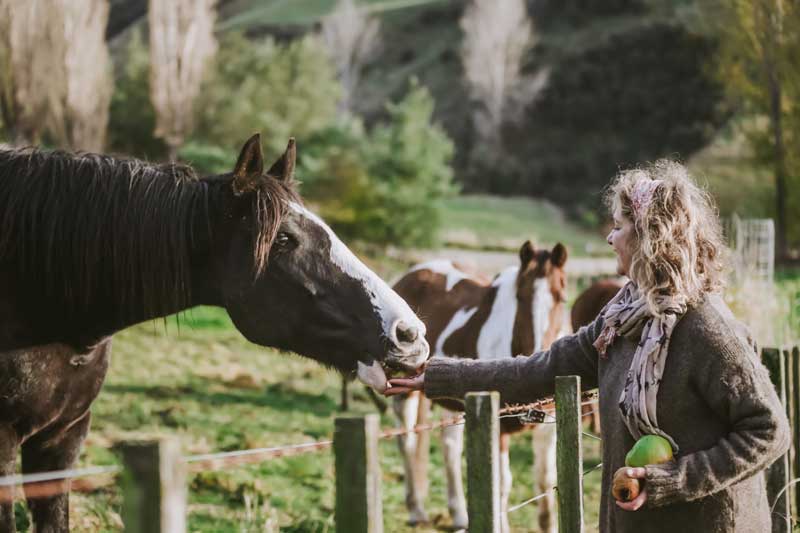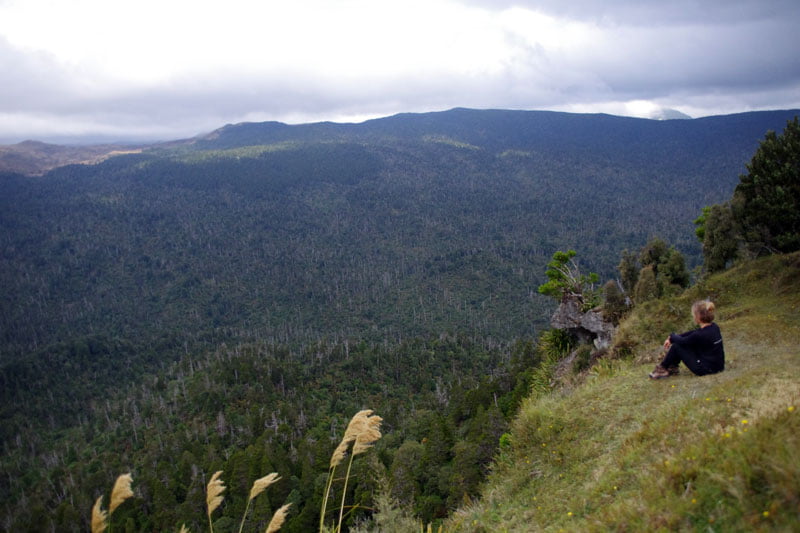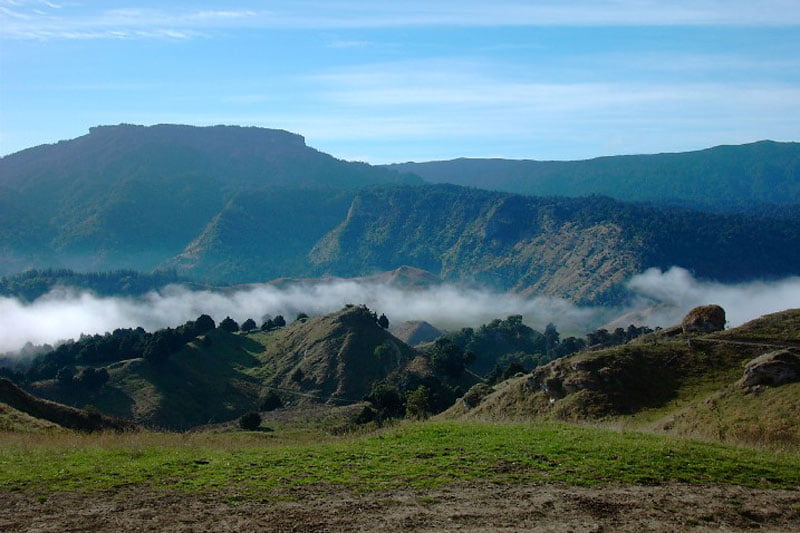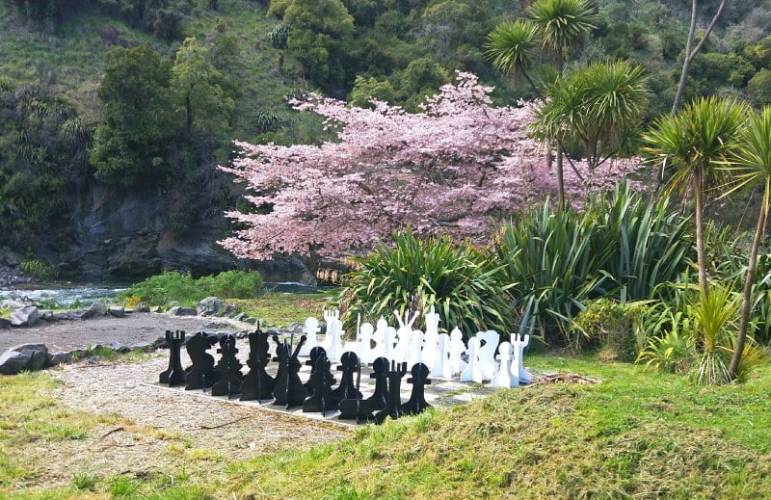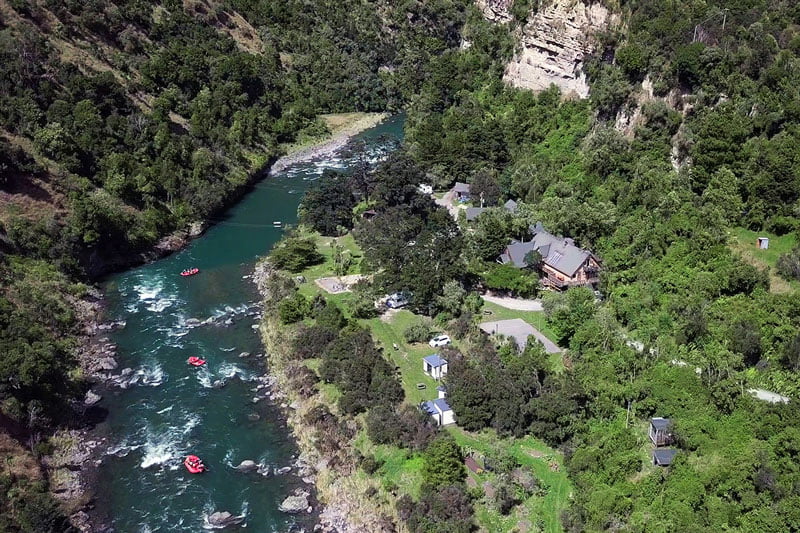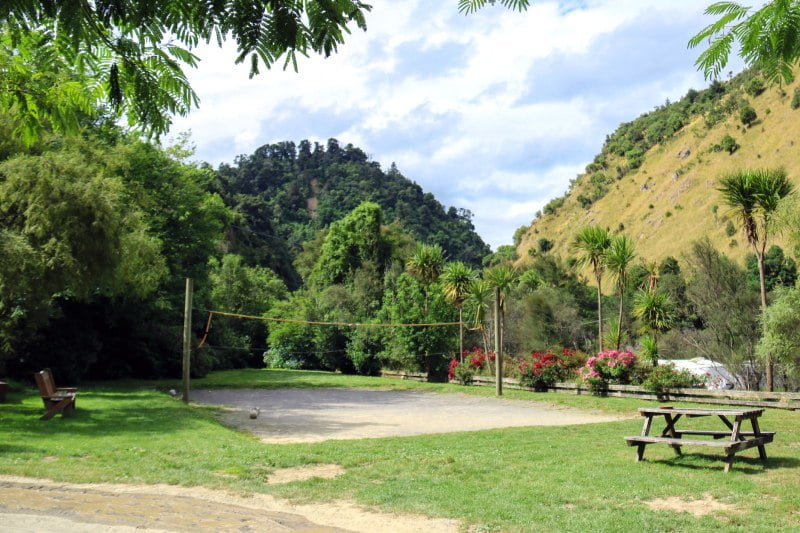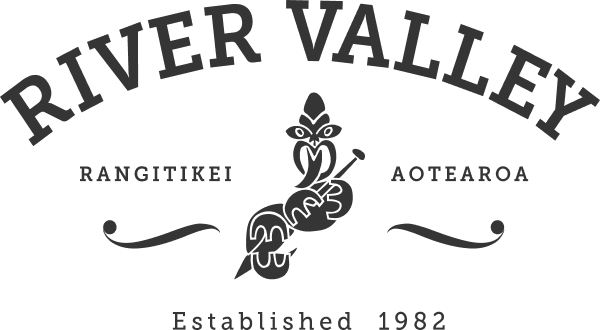The Musters for 2018 are now complete, with one of the wild Kaimanawa horses from the second Muster having arrived at its new home at River Valley Stables.
What Horses, You May Ask?
The Kaimanawa wild (feral) horses are found grazing in small family bands within the boundary of the New Zealand Defence Force Army Training Area at Waiouru on the central North Island of New Zealand.
Wild horses were first reported in this area in 1876, some 62 years after the first horses were brought into New Zealand by the Reverend Samuel Marsden in 1814.
While Kaimanawa Horses now have a certain “look” to them, they are in fact the product of numerous liberations on top of the original base feral population.
Included in these liberations have been the descendents of Welsh and Exmoor ponies, sheep station hacks, at least one Arab stallion, a Clydesdale Stallion, mounts for cavalry units and who knows what else.
The herd is now recognised as deserving a heritage classification, both because of its uniqueness and its historical story.
Feral vs. Wild
The Kaimanawa wild horses should more accurately be called the Kaimanawa feral horses (not such a romantic name and brings with it a great deal of other connotations).
The area the horses graze has numerous rare and endangered plant species. These species of plants did not evolve having to contend with grazing from large herbivores (other than 3 species of bat, New Zealand had no endemic mammals prior to human settlement). Consequently, the lack of a circular natural ecosystem that would incorporate predators and all the other organisms that would go with herds of herbivores is absent.
If left alone, the size of the herd would be unlikely to get to a balance with its environment. Numbers in the past have been as low as 179 when open hunting was still allowed, to a high of over 2000 individuals once the herd was protected.
This latter figure not only had an extremely negative impact on the landscape, but the sheer number also impacted on the health and size of the individual horses.
What all this means is that the health of the herd has to be managed by human agencies. These agencies include the Department of Conservation, The New Zealand Army, Ngati Rangi – the local Maori Iwi, and the Kaimanawa Heritage Horse Society.
Maintaining the Herd
The overall herd management plan is to keep horse numbers at around 300. This is a figure that maintains genetic diversity within the population and does not impact too badly on the landscape (horses have successfully been removed from the most fragile areas).
However, the lack of any natural predators, and a couple of more mild winters than normal can see horse numbers increase by as much as 30% per annum, with this figure compounding. In as little as 2 years horse numbers can climb from 300 to over 500.
This is where the Musters come in.
The Musters
A key part of the management of the Kaimanawa Horses are the Musters.
Musters are normally held once every two years with the aim to bring numbers down to the target of 300 individuals. However this year herd numbers were particularly high having climbed to over 600. Consequently two musters have been held, one of which brought in 140 horses and the other 170.
The Musters are a great example of numerous agencies and organisations working together not only for the welfare of the horses, but also the environment.
What Happens to the Horses that Are Brought In?
The Musters now operate like a well oiled machine. Bands of horses are herded into the permanent yards by helicopter where they are sorted and checked by a veterinarian.
Now comes the coolest bit of all!
Prior to each muster an appeal is put out for people willing to home one or more of the horses. Those who volunteer (and they have to pay for the privilege) have their facilities checked before being signed off.
These are WILD horses and not to be confused with horses raised in a domestic situation.
Except for a handful of horses that had extreme health issues, ALL the horses are being sent to homes. If this was not the case, then the surplus horses would be culled.
The Newest Horse At River Valley
So here he is (the grey) in the photo below, standing beside Brave, a Kaimanawa from a previous muster. This young stallion arrived on the 4th June 2018. In the next few weeks Nicola will develop a relationship with him that will quieten him down to the stage where he can be led and handled. One of the conditions with homing a stallion is he must be gelded. This is best done once he is quiet enough for a vet to carry out the procedure.
Eventually, in a year or two, he will join the trekking team, and along with Brave will provide great experiences for riders at River Valley Stables.
We will be reporting on his progress.
Brian Megaw
